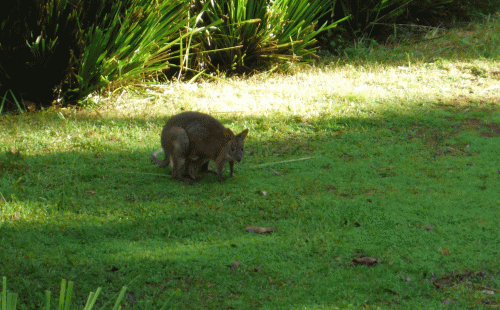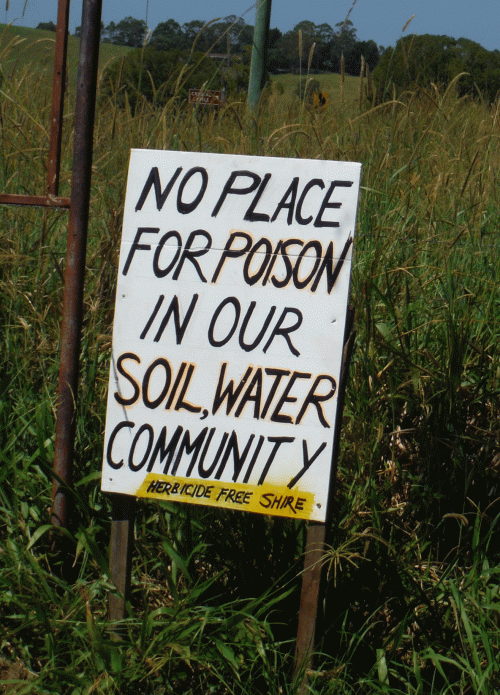The mother and her joey have been coming in close to the cabin.
| More herbicide free volunteers walking the walk. |
Hi Everyone,
We will be removing weeds from native plantings on SE side of the boardwalk entrance.
We will be replacing decking, and an insectivorous nesting box and removing leaves from boardwalk.
Please wear sturdy shoes and protective clothing from sun and mosquitoes.
Drinks will be available.
Hope to see you there
Sharon
| This email has been sent from a virus-free computer protected by Avast. www.avast.com |
Attachments area
Preview attachment REGEN FLYER email 7feb12.PDF
Oh, its happening but who really cares?
http://www.amazon.co.uk/The-New-Wild-Invasive-Salvation/dp/1848318340
The New Wild
Author….. Fred Pearce….. Publisher Icon Books (2015) ISBN9781848318342 Description … Why invasive species will be nature’s salvation
Veteran environmental journalist Fred Pearce used to think of invasive species as evil interlopers spoiling pristine ‘natural’ ecosystems. Most conservationists would agree. But what if traditional ecology is wrong, and true environmentalists should be applauding the invaders? In The New Wild, Pearce goes on a journey to rediscover what conservation should really be about. He explores ecosystems from Pacific islands to the Australian outback to the Thames estuary, digs into the questionable costs of invader species, and reveals the outdated intellectual sources of our ideas about the balance of nature. Keeping out alien species looks increasingly flawed. The new ecologists looking afresh at how species interact in the wild believe we should celebrate the dynamism of alien species and the novel ecosystems they create. In an era of climate change and widespread ecological damage, we must find ways to help nature regenerate. Embracing the ‘new wild’ is our best chance.




